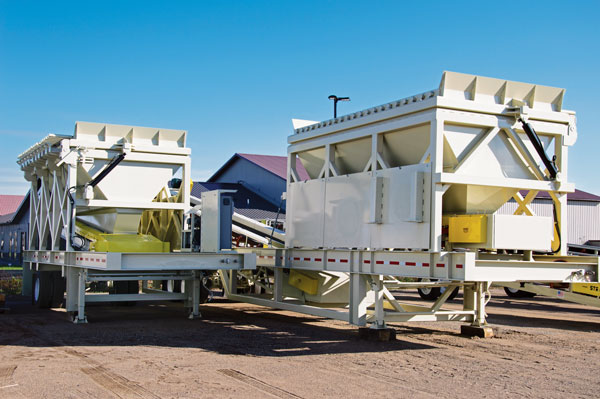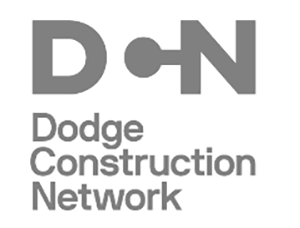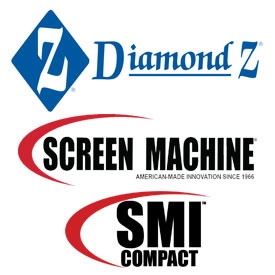
“We’re experiencing more predictability compared to a year ago,” Rainbolt says. “Last year, price increases came frequently and they were retroactive, which diminished the margins on sold goods. A number of dealers took a hit.
“This year, we are seeing fewer increases, more communication and more planning, so the consistency this year has been manageable,” he adds. “We can be more consistent and not take a margin hit when the price increases aren’t retroactive.”
Pricing is more manageable in another key area for dealers.
“The component pricing overall has stabilized” Rainbolt says. “A lot of that was driven by offshore shipping costs. It has certainly improved.”
Still, as Murphy looks back on 2021 and 2022, he says he’s never seen prices rise as often as they did then compared to all of his years serving the industry.
“Everybody says ‘we think we’re there,’” he says of 2023 pricing.
Equipment pricing hasn’t come down, though – and it’s quite possible it doesn’t come down at all, according to Murphy.
“Nobody has lowered their price,” he says. “We haven’t seen anything like that. I guess I would have to say maybe they come down if it starts slowing down and people lose market share. Then, you might see some price adjustments. But if it stays busy and everybody’s making money – the end users are making money and the equipment suppliers are making money – then I don’t know if you’ll see equipment prices come down.”
One dynamic to keep an eye on now is the price of steel.
“I’ve heard that steel is starting to go up again,” says Matt Dibble of Dibble Equipment, an equipment dealer serving New York, Pennsylvania, New Jersey, Maryland and Delaware. “Equipment pricing has been going up, but it’s not at an alarming rate. It’s just been steadily going up. I think there’s a lot of things globally that are impacting the price of steel, and that’s continuing to impact the prices that we’re seeing.”
Fortunately, Dibble says producers have been largely successful in mitigating the price increases they’ve taken on.
“They’re raising the prices on stone products,” Dibble says. “That’s the only way to deal with it. You have to raise your prices, and that’s been steady. It’s not just capital equipment and steel that’s going up – everything’s going up. It’s everything that’s going up that’s getting more expensive.”
Final thought
Dealers in a number of markets have had fruitful years of late because the three key construction markets their customers serve – residential, nonresidential and nonbuilding – have provided ample opportunities for sales.
While residential has taken a step back since its COVID boom, nonresidential and nonbuilding continue to fuel producers in many regions. As long as two of the three core markets keep pumping out projects, Murphy is confident business as usual will continue.
“Last year and the year before, we had all three sectors going,” he says. “Right now, we have two of them going. Our [customers] right now are running six days a week, 18 hours a day with one maintenance shift. When [the industry] gets slow, we go down to either a single shift or five days a week. We just don’t slow down a whole lot. So, I’m hopeful if we do have a little bit of a downtick that it’s not going to be too much.”












